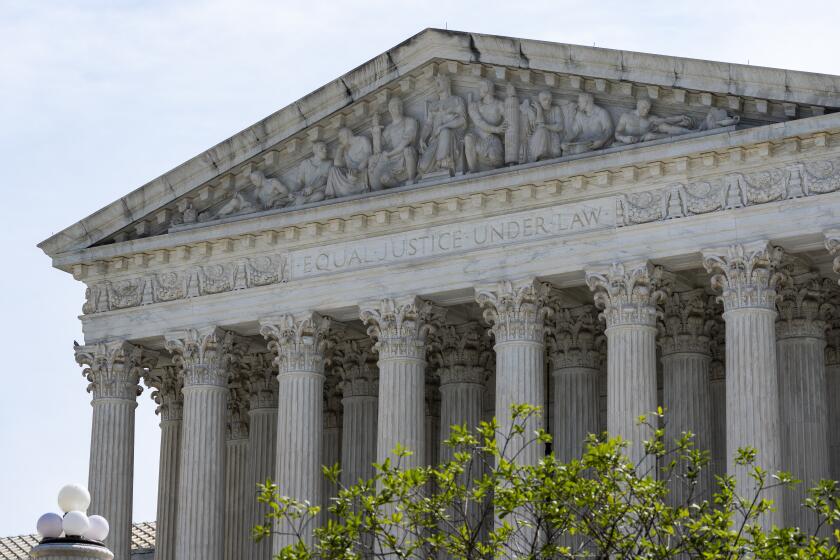Cigarette Smoke Contributes to Visible Smog, Scientists Say
- Share via
Although car exhausts, fireplaces and smoky restaurant grills emit much of the visible smog that envelops Los Angeles, researchers have found that cigarette smokers also leave a mark in the air.
Tobacco smoke makes up about 1% of the area’s visible pollution, a group of environmental scientists found.
“The smog in L.A. is a complicated mixture of chemical substances,” Glen R. Cass of Caltech said Tuesday.
“What you hear about mostly are the daily ozone concentrations--a transparent gas that’s a respiratory irritant. What we’re working on is a different part of the problem: the airborne particle complex--solid particles and liquid droplets in the atmosphere.”
Cass said fine particles in the air create most of the visibility problem and are the “most likely to get in the bottom of your lungs, as opposed to large dirt particles that probably won’t make it past your nose.”
To look for traces of cigarettes, Cass and a group of fellow scientists tracked two hydrocarbon compounds--isoalkanes and anteisoalkanes--found in the surface waxes of tobacco leaves.
“They were the best tracers because they were chemically stable in the atmosphere and, at the same time, they could be distinguished in the atmospheric samples from other contributing sources,” said Cass.
He and his team have been analyzing Los Angeles pollution for a dozen years.
The team calculated that cigarette smoke particles constituted 1% to 1.3% of the fine particles in Los Angeles’ atmosphere, as recorded by air monitoring stations in 1982.
Other comparable particle polluters included automobile brake linings and tires as they wear down and emissions from roofing tar pots.
More to Read
Sign up for Essential California
The most important California stories and recommendations in your inbox every morning.
You may occasionally receive promotional content from the Los Angeles Times.













